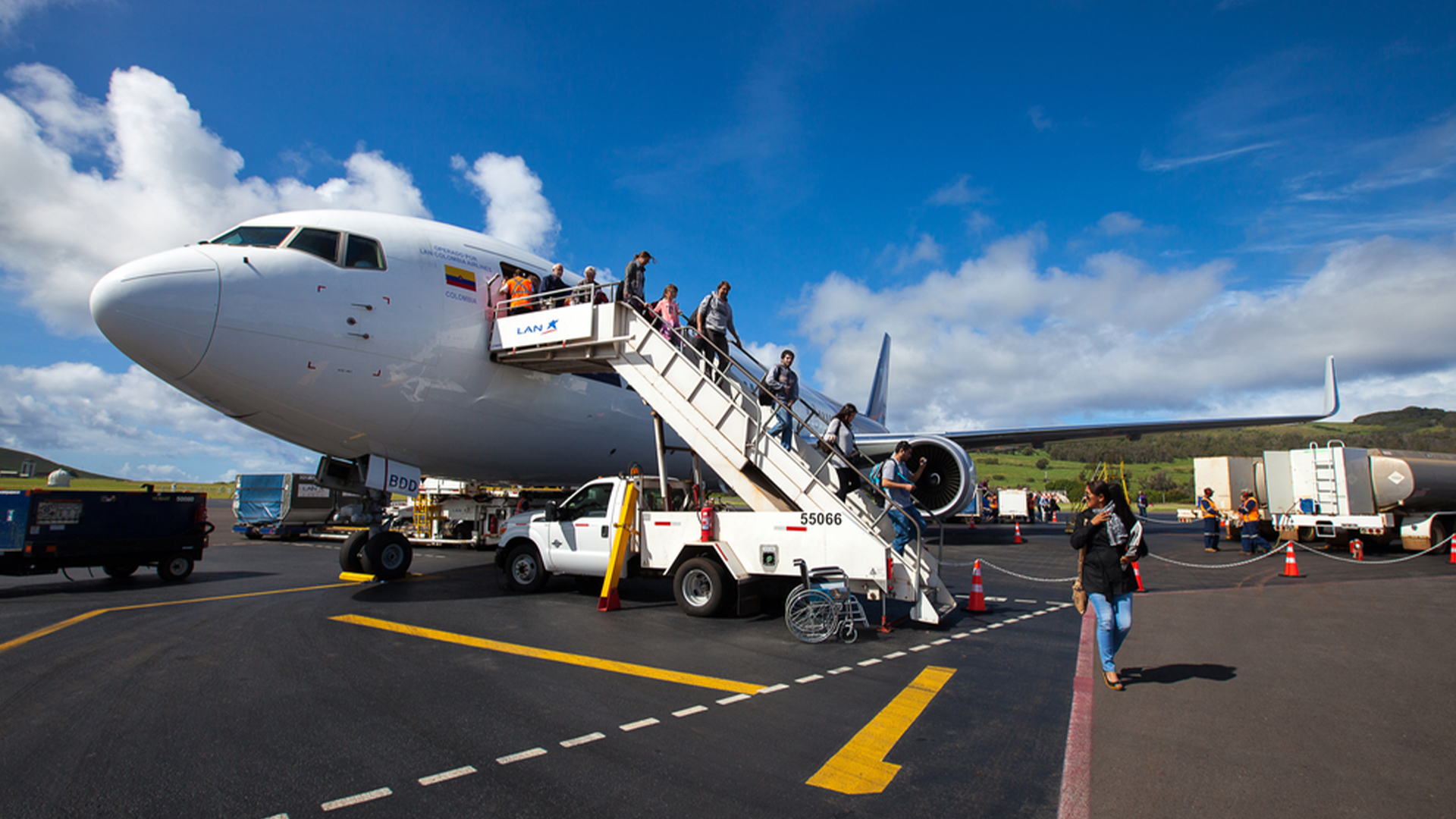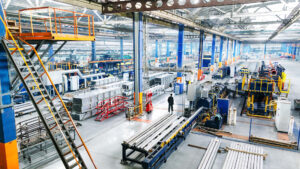By Andy Muirhead from HTL Group
The global aerospace industry, a cornerstone of advanced manufacturing and a driver of economic prosperity, faces significant headwinds. Two key factors threaten to disrupt its future growth trajectory: a looming skills gap and the disruptive potential of new technologies. Addressing these uncertainties requires a proactive approach from industry leaders to ensure continued innovation and competitiveness.
The aerospace sector is crucial to driving the UK’s advanced manufacturing and economic prosperity. The latest figures from the ADS Group show that the industry contributed £37 billion to the UK economy in 2022. However, this is a crucial period for the sector as there are looming uncertainties that could threaten the innovation and competitiveness of aerospace.
This is why Andy Muirhead, Key Account Manager from HTL Group, leading suppliers of hydraulic hand cutters, has offered expert insights into some of the uncertainties currently facing the aerospace sector and why it’s important to build a proactive strategy to address them.
Gaps in STEM
One key source of uncertainty is the widening gap in STEM (Science, Technology, Engineering, and Mathematics) skills. While established professionals within the industry are choosing to extend their careers, there is an issue around recruiting new prospects and talent. In fact, research into STEM skills by Guidant Global has found that 83% of decision-makers and influencers in their sector think that technology development will fall behind due to a lack of skills and recruitment.
Aerospace has historically been perceived as an elite field of study and work, only accessible to those with privileged or specialised education backgrounds. This perception is outdated and has a huge impact on the sector’s future, which is why encouraging diversity and inclusivity is not only morally beneficial but pragmatic in necessity. Through recruitment drives to underrepresented groups and focusing on inclusivity, the industry will better access underserved talent and begin closing the skills gap.
Recruitment for educational institutions and industry leaders should aim to reach audiences at an earlier age to engage students with aerospace disciplines and ideas. Breaking down the wall of accessibility for aerospace engineering and its application can inspire the next generation to enter the industry as they grow up.
Technological disruption
As technology continues to evolve at a breakneck pace, uncertainties are raised within the sector regarding how it keeps up and presents opportunities and challenges. This will vary from business to business, as while some will be able to incorporate technologies like additive manufacturing, artificial intelligence (AI) and automation, and electric propulsion, some will struggle to introduce it into their strategies.
These businesses will see extra struggle, especially when outdated practices and processes are exposed to their inefficiencies when compared against these new innovations. Staying in the loop with how technology is changing elements within the industry helps to keep businesses competitive and can even help to win business, showing prospective clients and collaborators that you’re on the cutting edge, willing to experiment and invest in research and development.
This is one area where governments and regulatory bodies can play a decisive role in integrating emerging technologies within the industry. Whether through offering incentives for innovation or streamlining approval processes, it can help make applications more efficient for businesses of all sizes while ensuring safety and reliability are still at the heart of the mission.
Collaboration and resilience
The industry must build resilience to foster success, particularly by emphasising the need for collaboration across sector boundaries. Companies can make the most of collective expertise and resources to address and solve common issues while continuing to innovate and progress.
It’s also important to build resilience as it’s not just about withstanding periods of uncertainty but adapting and thriving despite it. This is why aerospace must focus on embracing change and innovation, as well as taking on all opportunities for growth and evolution.
Uncertainty pervades the aerospace sector, stemming from factors such as STEM skill shortages and technological disruption. However, by addressing these challenges head-on and embracing collaboration, innovation, and resilience, the industry can navigate the turbulent skies ahead, unlocking new opportunities and achieving sustainable growth. The future of aerospace is uncertain, but with vision and determination, it holds boundless potential for those willing to seize it.







